Low-Light Plants Great for Any Home
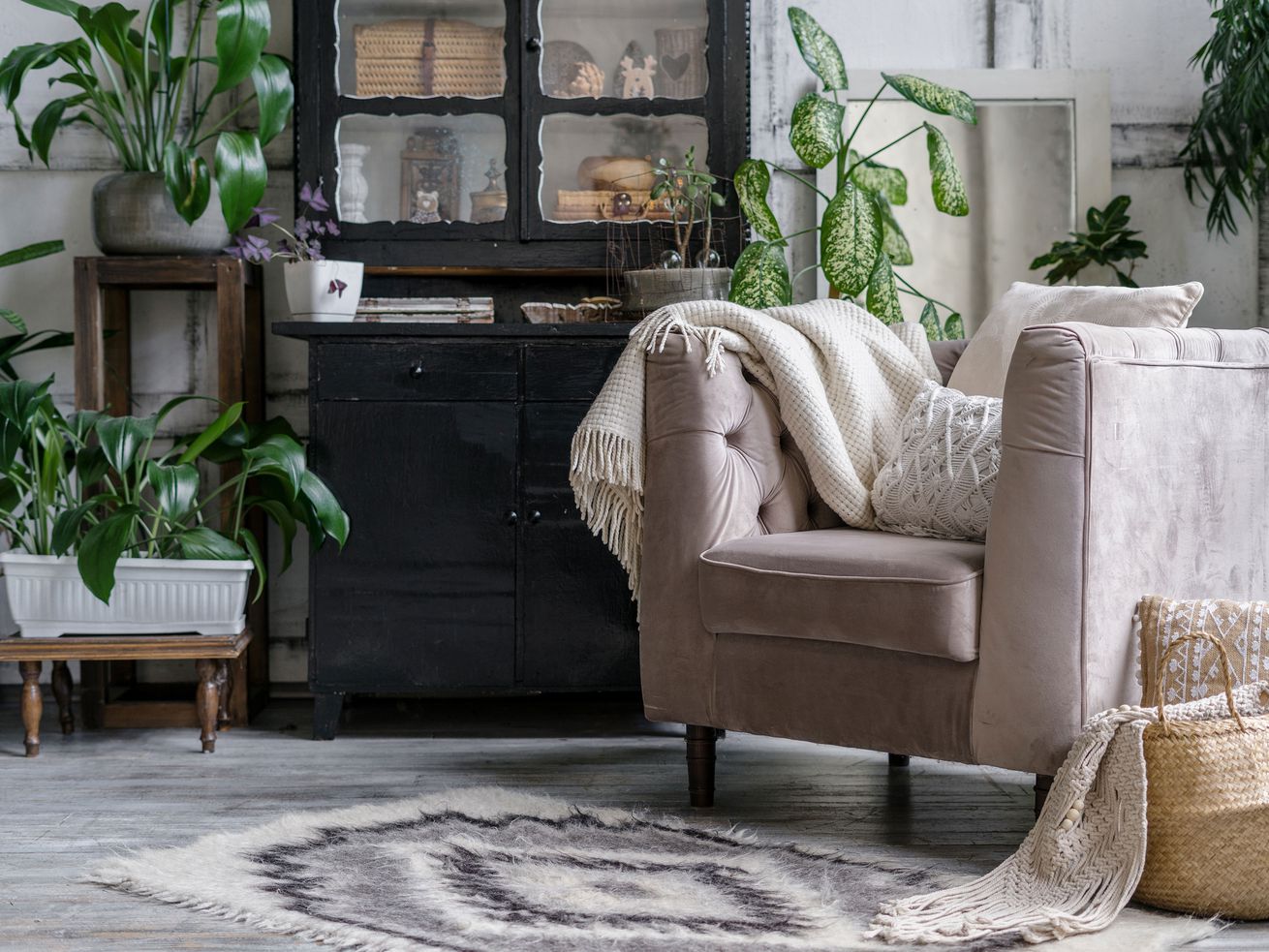
>
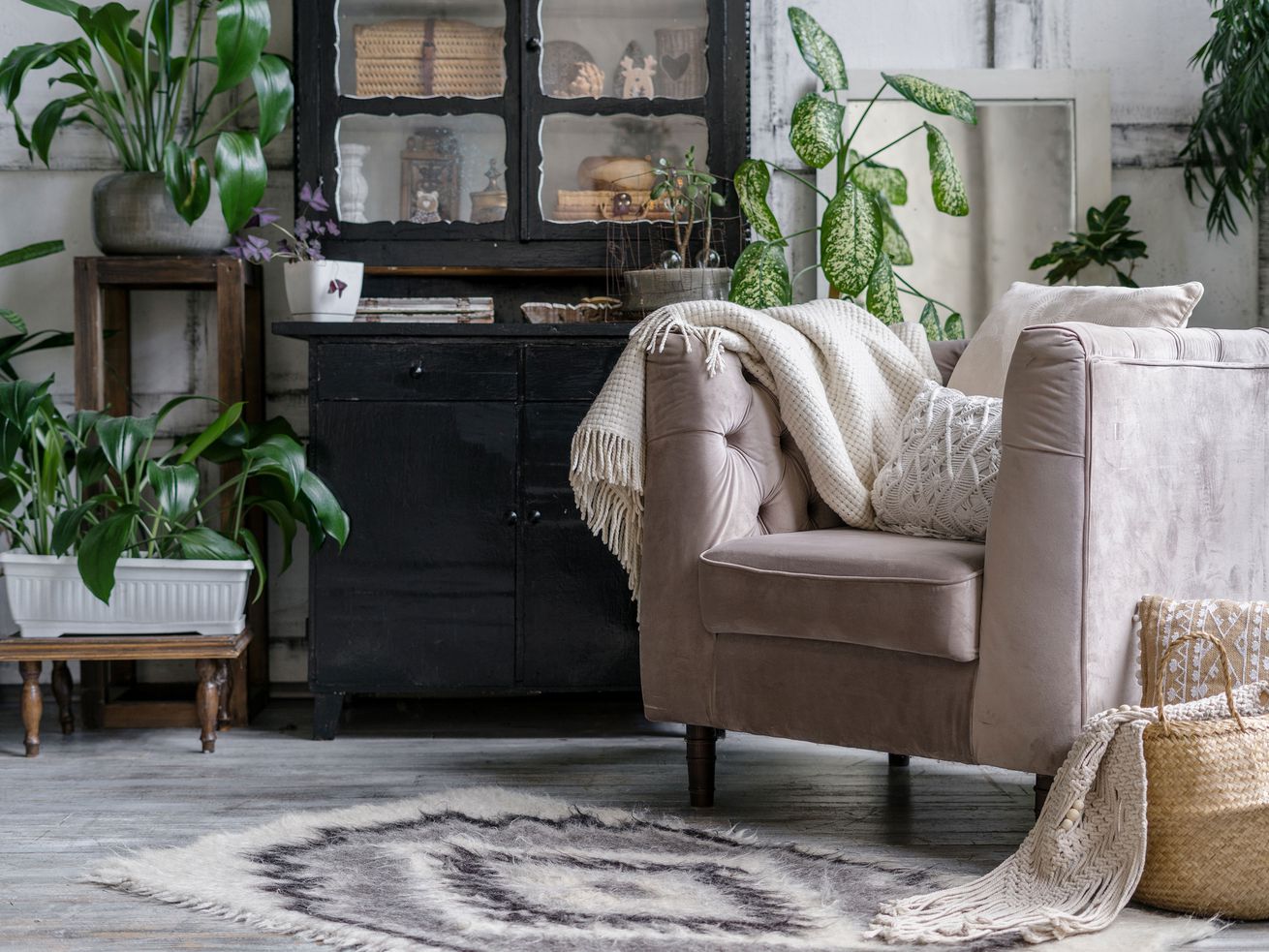
iStock
Want to bring life into your space? If lighting is an issue, these indoor low-light plants are best.
There’s no better, or less expensive, way to do get closer to nature than to incorporate houseplants into your home. If your space lacks natural light, though, that can be tricky. But not impossible. To up the green in your life, try growing a few of these low-light houseplants in your home.
Best Low-Light Plants
Cast-iron plant—aspidistra elatior
Native to China and a member of the lily family, the cast-iron plant is as strong as, well, cast iron. Robust, with dark green leaves and small purple flowers, the cast-iron plant thrives in low indoor light and doesn’t require regular watering. Propagated by division, disease and pest resistant, and also suitable for outdoors, this plant grows to a mature height of about two feet.
Lucky bamboo—dracaena sanderiana
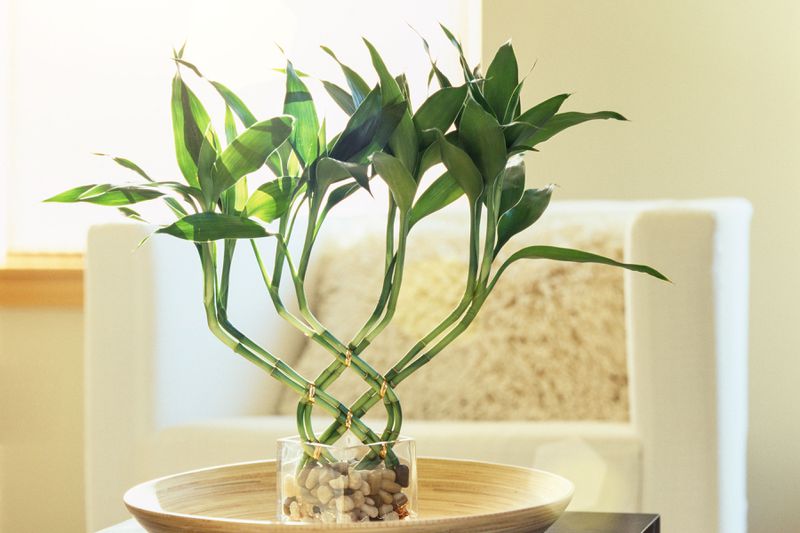
iStockLucky bamboo requires very little light, growing best in low, indirect lighting. It’s also frequently grown in one to three inches of water. If growing in water, always make sure the roots stay covered and you change the water every two to four weeks. Or, you can grow lucky bamboo in well-drained soil, watered frequently.
Spider plant—chlorophytum comosum
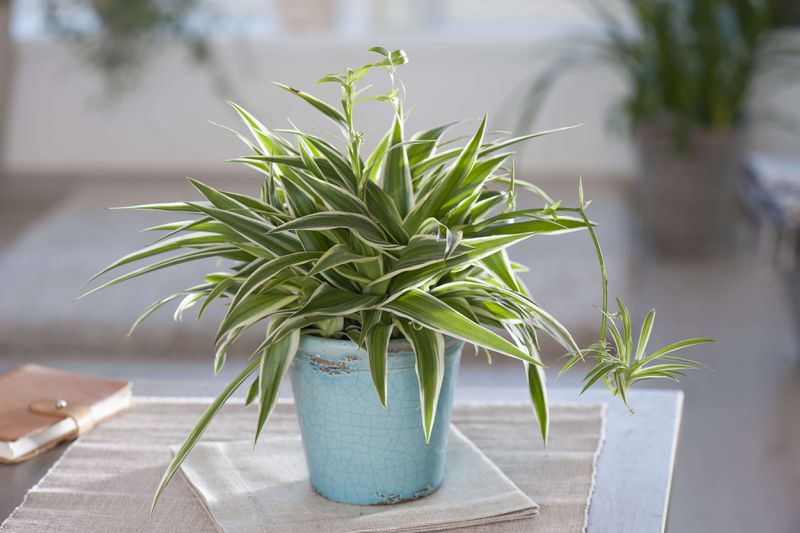
Friedrich Strauss/GAP PhotosAptly named for its many “legs,” the spider plant grows best in in direct lighting. Use well-draining soil and water regularly and evenly all around the pot. Happy spider plants will send out shoots with tiny white flowers and baby spiders. Fertilize twice monthly through the spring and summer and plan to repot once a year. Snip off the baby spiders and pot separately to propagate.
Rattlesnake plant—calathea lancifolia
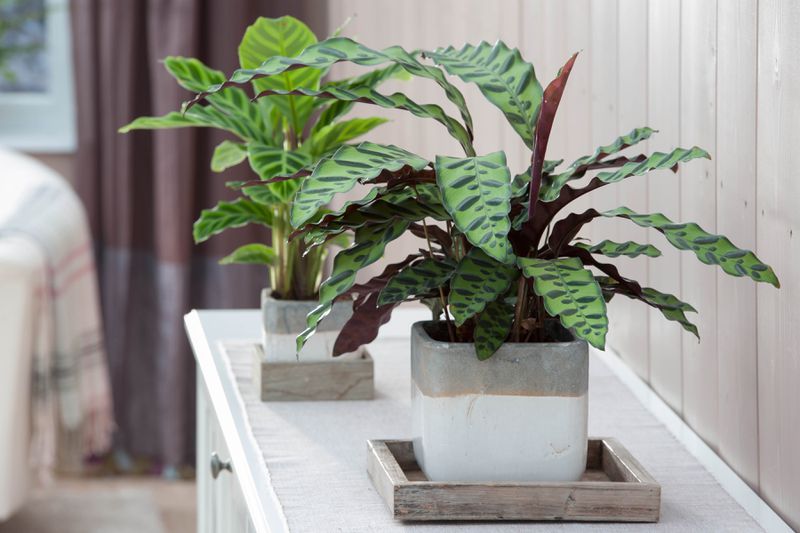
Friedrich Strauss/GAP PhotosA striking variety of Calathea, the rattlesnake plant bears long, slender leaves in a medium green shade with dark green edges and spots. The underside of the leaves is a purplish red. In late spring, it produces bright, yellow-orange blooms. Grow in indirect lighting using a mixture of potting soil and sand for adequate drainage. With light, even watering, your rattlesnake plant could grow to over 30-inches tall.
Kimberly queen fern—nephrolepis obliterata
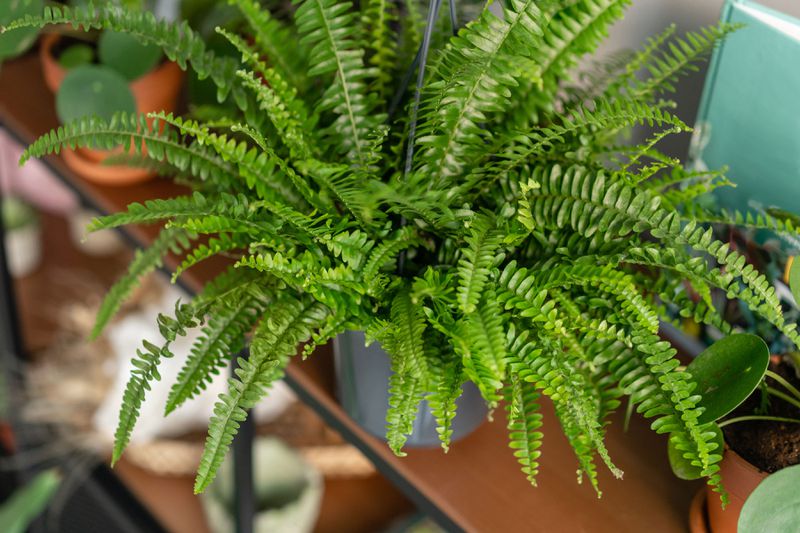
iStockIndigenous to the Kimberly region of Australia, this regal fern grows outdoors in warm weather, or indoors all year long. Provide moist, well-drained soil in a humid, partial to low-light location with adequate water, and your fern will thrive. Never allow the soil to dry completely. Water thoroughly when the top inch or two of soil is dry. Also, keep away from drafts.
Marimo moss ball—aegagropila linnaei
This exotic “pet” moss plant isn’t what you customarily think of when shopping for houseplants. Actually, it’s not moss at all. These interesting aquatic additions to any low-light area are actually strands of algae rolled into a ball. Hence the name marimo, Japanese for ball of algae. If you’re into the curious and unusual, get a marimo ball and keep it in regular tap water that you change every two weeks. Also, don’t let direct sun hit the glass vessel it’s in; marimo is native to the cool lakes of Japan and Northern Europe, and direct light can heat the water up and turn your marimo brown.
ZZ plant—zamioculcas zamiifolia
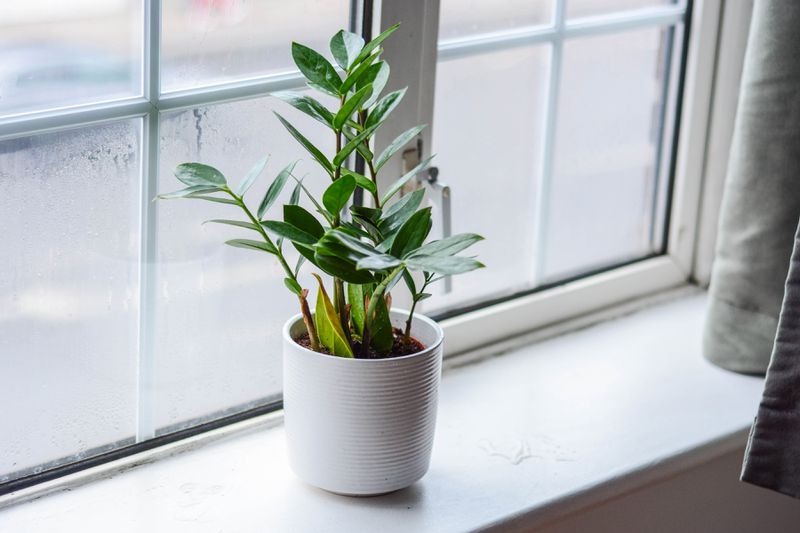
iStockIt’s no mystery why the ZZ plant is wildly popular with plant lovers everywhere. It’s drought-tolerant, thrives in low-light situations, and its wide, dark green leaves have a smooth, waxy surface that reflects light to make you smile. Many varieties of ZZ plant exist and generally reach two to three feet in height and width. Grow in standard potting mix and propagate by separating the rhizomes.
Dumb cane plant—dieffenbachia amoena
The dumb cane will grow up to six feet and sport wide, bushy leaves. The best part? It’s not picky about anything. If conditions aren’t optimal, it still grows, just not as tall. For best results, grow in half potting mix, half peat. Place in bright, indirect light in a warm location, and keep the top inch of soil moist.
Chinese evergreen—aglaonema
This tropical low-light plant will make you look like a charter member of the Green Thumb Society. The Chinese evergreen thrives in low-light conditions and prefers well-draining soil, temperatures no lower than 60 degrees, and humidity (We did say tropical, yes?). Otherwise, it’s pretty tough, and doesn’t like too much water. In love already? Propagate with cuttings, which root easily in water.
Lack of sunshine is no reason to keep the life out of your home. These ideas will get you started, and a visit to your local nursery will provide even more options for that low-lit corner or entryway.
Did you miss our previous article…
https://www.tampa-bay-homes-guide.com/?p=271
